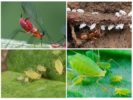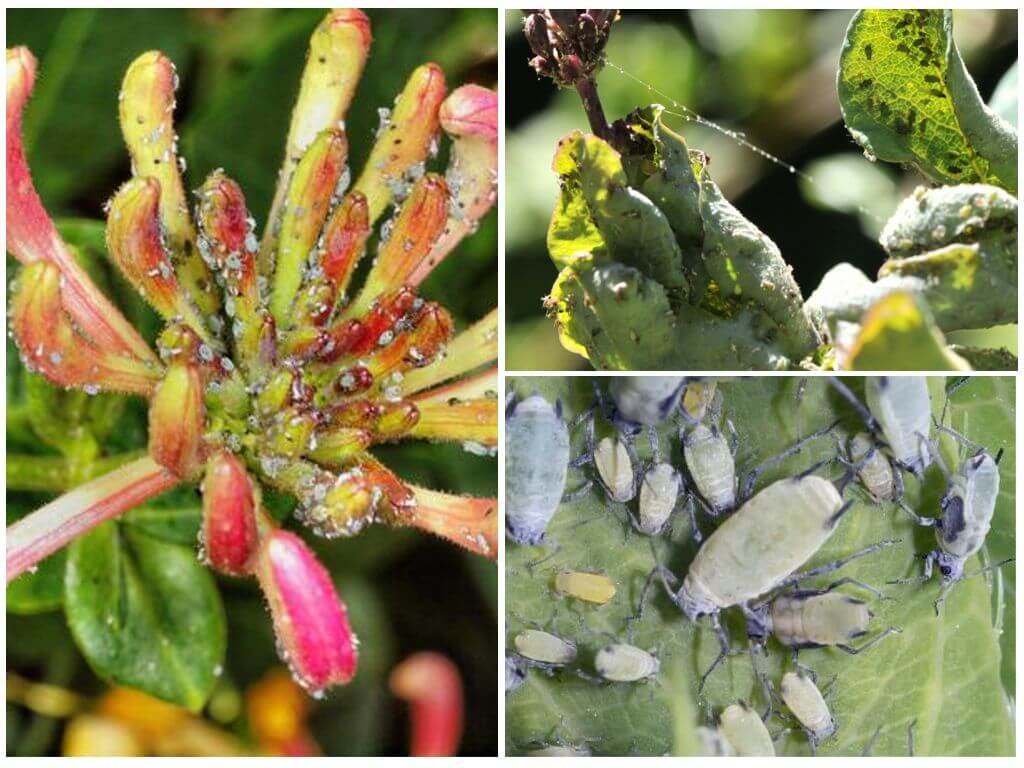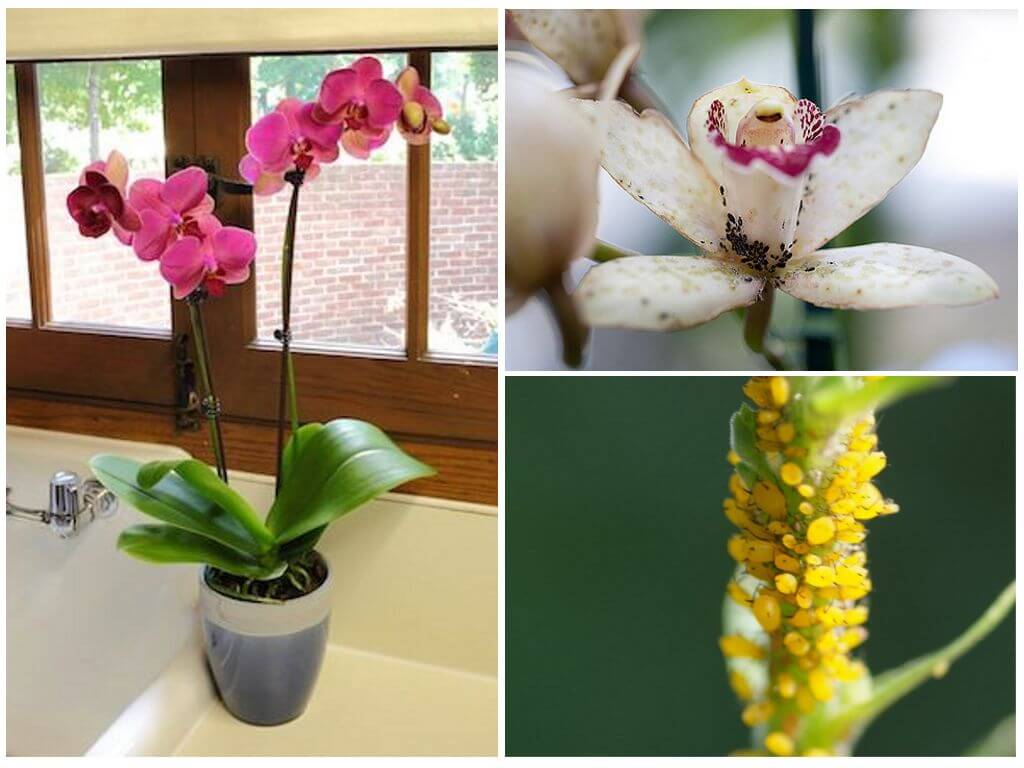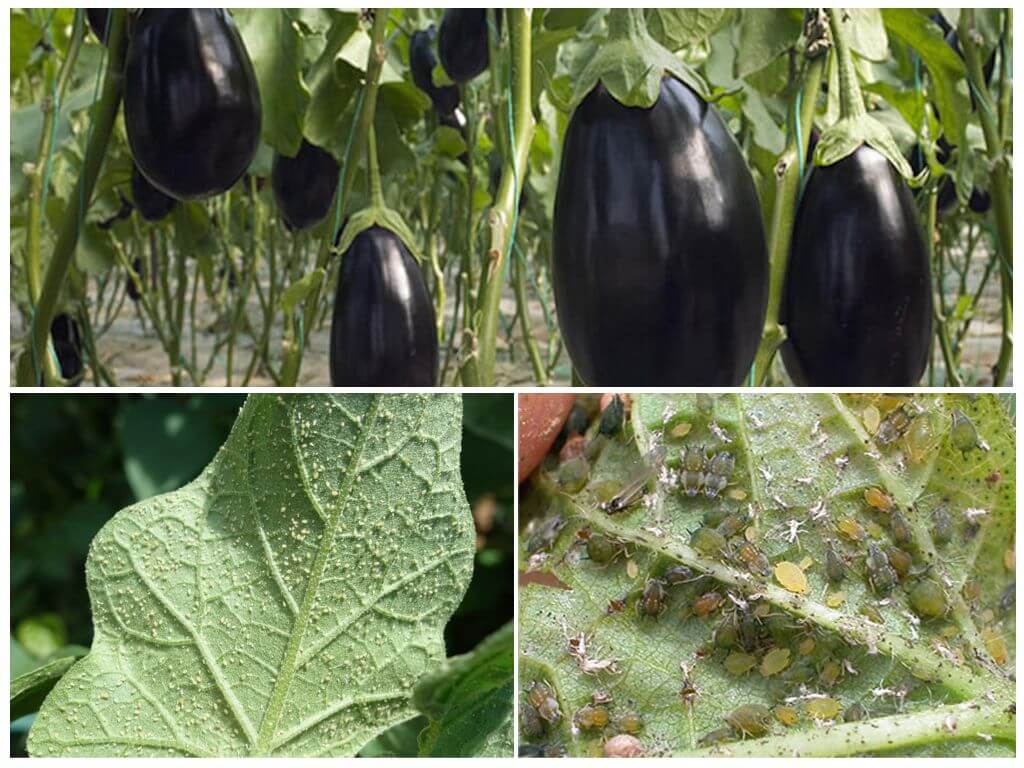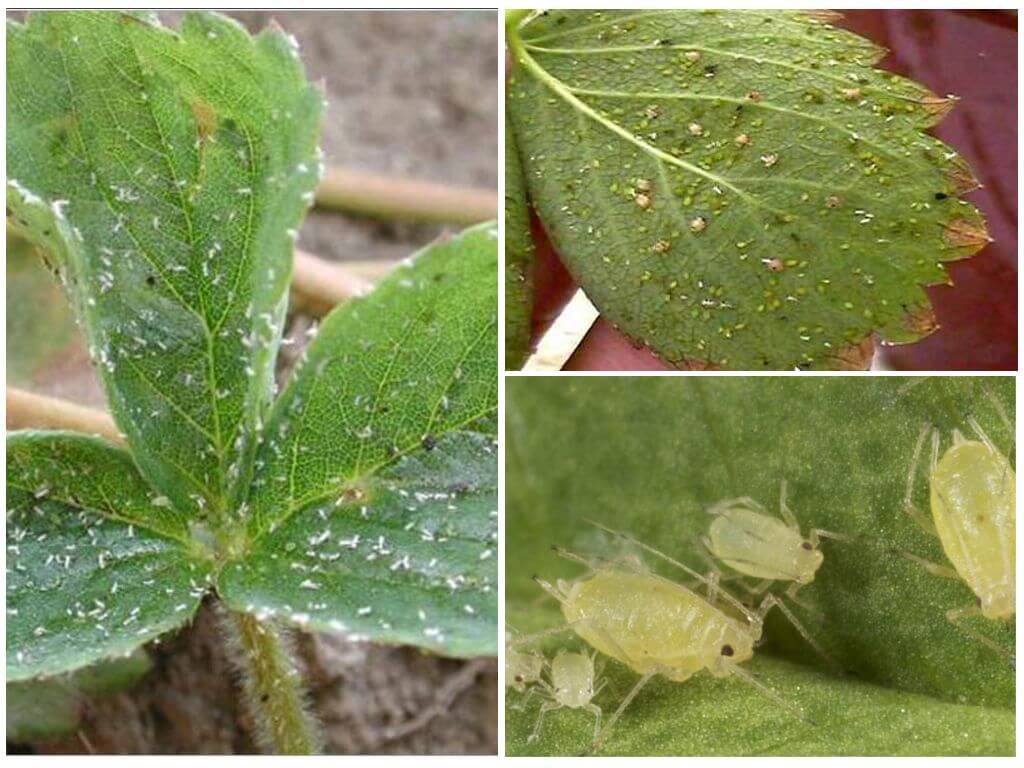- Aphids on Tomatoes
- Species of aphids
- Folk aphids
In early spring, gardeners of amateurs begin their chores on personal plots and gardens: prepare the soil for sowing, apply fertilizer, cut trees, grow seedlings. But worries do not stop even when all the necessary preliminary work is completed and the time for planting comes. If you decide to grow a good tomato crop, then you need to know that lush, immature seedlings require even more attention. Young, juicy, green stems at any time can be attacked by such a parasite as aphid. A small insect can quickly destroy the fruits of all your labors. In order to preserve the crop, you need to know how to deal with aphids on tomatoes.
General Pest Information
Aphids belong to the superfamily of insects, the order of beetles. More than three thousand species are known, some of which live in Europe. Size ranges from 2 to 7 mm. The insect has a proboscis, which pierces a leaf or plant. It feeds on vegetable juice, secreting a sweet liquid - a pad, which attracts ants and other insects. In all species there are winged and wingless individuals.
The pest appears in spring from larvae hatching from eggs laid in the fall on the host plant. After molting, the larvae, feeding on the juice of young shoots, begin to multiply, producing wingless females.
On a note!
These insects in one month can reproduce three generations, numbering more than hundreds of thousands of individuals. When the stems of young plants become stiff, a winged aphid appears, which flies to another place and the reproduction process is repeated again.
Signs of infection
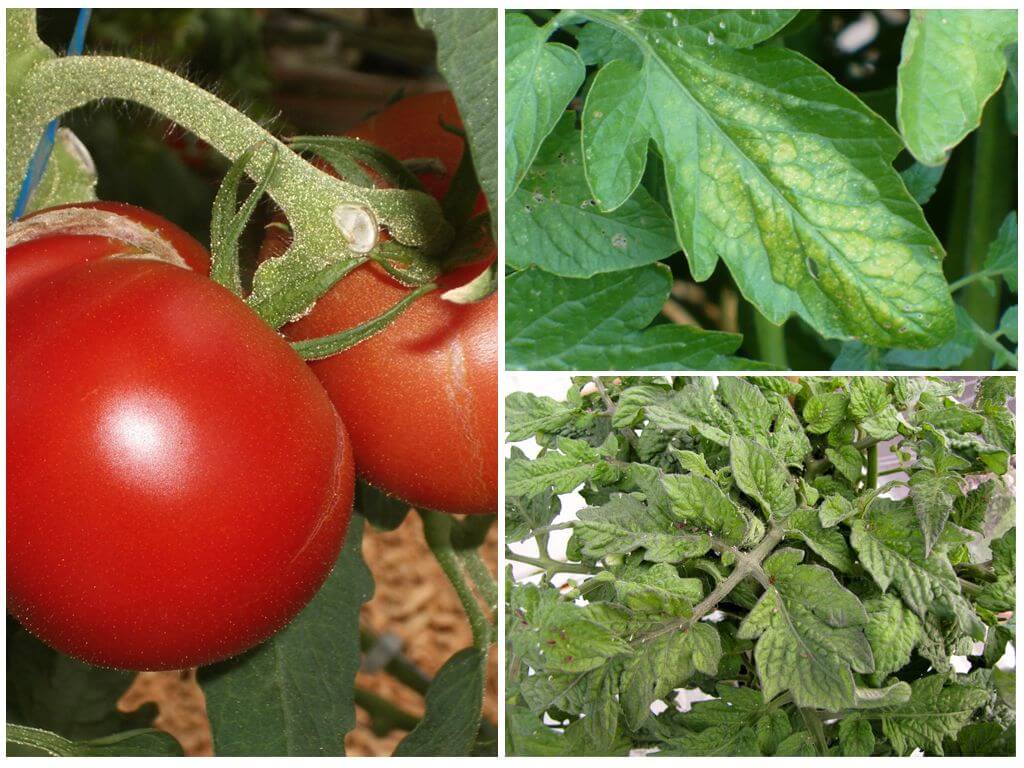
Despite the fact that the tops of the tomato itself is a remedy for aphids and other pests, this does not stop insects, they settle on the lower part of succulent leaves, stems of ground and greenhouse plants. The first symptoms indicating that aphids appeared on tomatoes include the following criteria:
- deformation of leaves, ovaries and shoots, they dry, begin to crumble;
- the appearance of sticky dew on bushes and tomatoes, a large accumulation of ants around plants;
- cessation of tomato growth.
If aphids attacked tomatoes when the fruits are ripe, then the pests will not be able to do any damage. But, not to struggle during flowering with the aphid colony that has appeared is to lose the entire crop. Aphids on tomatoes in a greenhouse can also destroy cucumbers that are planted nearby.
Species of parasites
Several types of insects parasitize on tomatoes and cucumbers. Although the aphid looks different, the result of its activity is always the same - the death of the crop. The main pests that settle on tomatoes include:
- potato;
- root (white);
- peach;
- melon.
Potato aphids have a size of up to 4mm. The color of the body of wingless representatives is red or green. Winged individuals are light green. The danger of this species is that they damage tomato bushes everywhere: in open ground and in greenhouses.
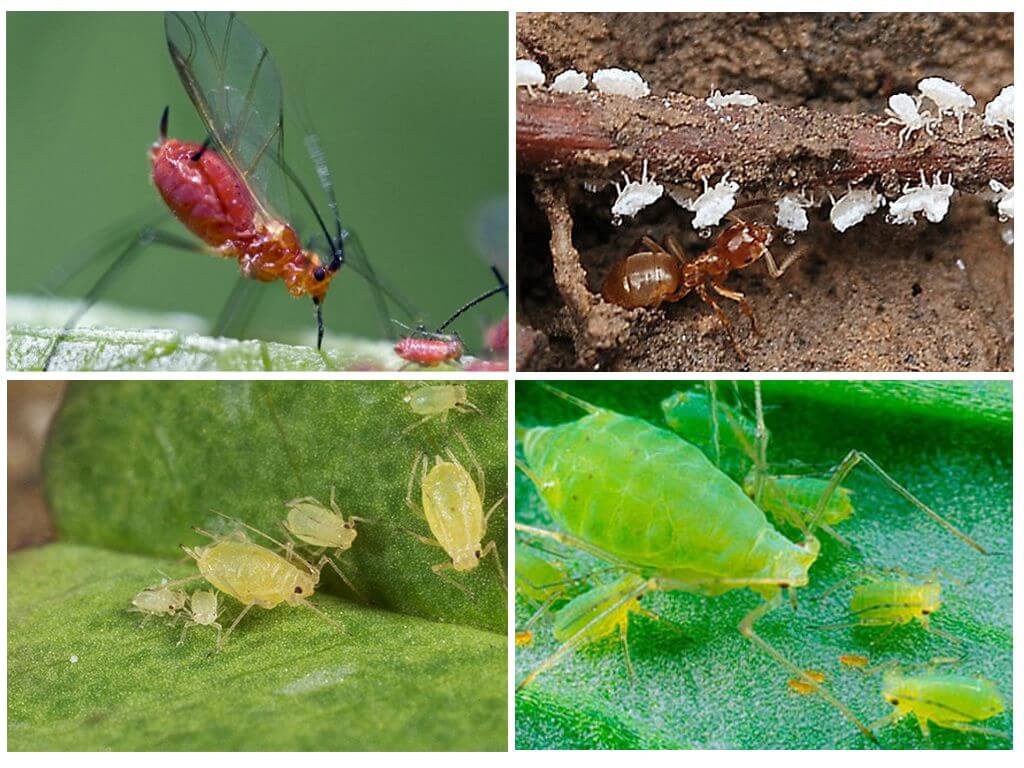
Root or white aphids on tomato seedlings appear from the top layer of soil, where they successfully hide until the right moment.A translucent small pear-shaped body is difficult to see in the ground, since the pinkish or brownish color of the pest merges with the ground. The insect damages the stem at the base, thereby blocking the flow of nutrients and water to the top. The plant dries and dies. The eggs of the root aphid remain wintering in the ground.
Melon aphid is very small, up to 2mm in size. Wingless individuals have a color from light green to dark green, winged individuals are black and green. They are active in greenhouses in early summer, and in open ground in July-August.
Peach aphid (greenhouse, tobacco) - causes tangible damage to tomatoes growing near peach trees. In the summer, when the population grows, it moves to another type of plant - tomatoes. By the end of summer, it returns to its original place, where it remains to winter.
On a note!
Not only tomatoes are affected by these insects. Green aphids live on apple trees. Grapes have chosen red aphids. Under favorable environmental conditions, these pests attack any vegetable crops, fruit bushes and fruit trees.
If aphid appeared somewhere in the garden or kitchen garden, one must immediately begin to fight this scourge, otherwise the whole territory will turn into the living space of this pest.
Insect control
Before conducting any activities, it is necessary to decide: how to process tomatoes from aphids. There are several methods for controlling insects:
- Physical. It involves viewing each leaf, manually destroying the larvae and adults. You can get rid of aphids on tomatoes by washing the leaves with water from a hose. Repeat this procedure for several days in a row.
- Biological. It consists in attracting birds (sparrows, tits, hummingbirds) to the site, which eat aphids by installing drinking bowls. Use ladybugs to clean plants from parasites. Flies, wasps, lacewings will also be happy to take part in a feast on your site, destroying gluttonous pests. Thus, aphids can be removed in a few days.
- Chemical. Specially designed insecticides in order to poison the aphids. If the territory of the site or garden is small, then you can fight parasites with folk methods. It is more environmentally friendly and the soil remains clean. But on a large scale, this is not possible. In this case, you have to fight chemistry.
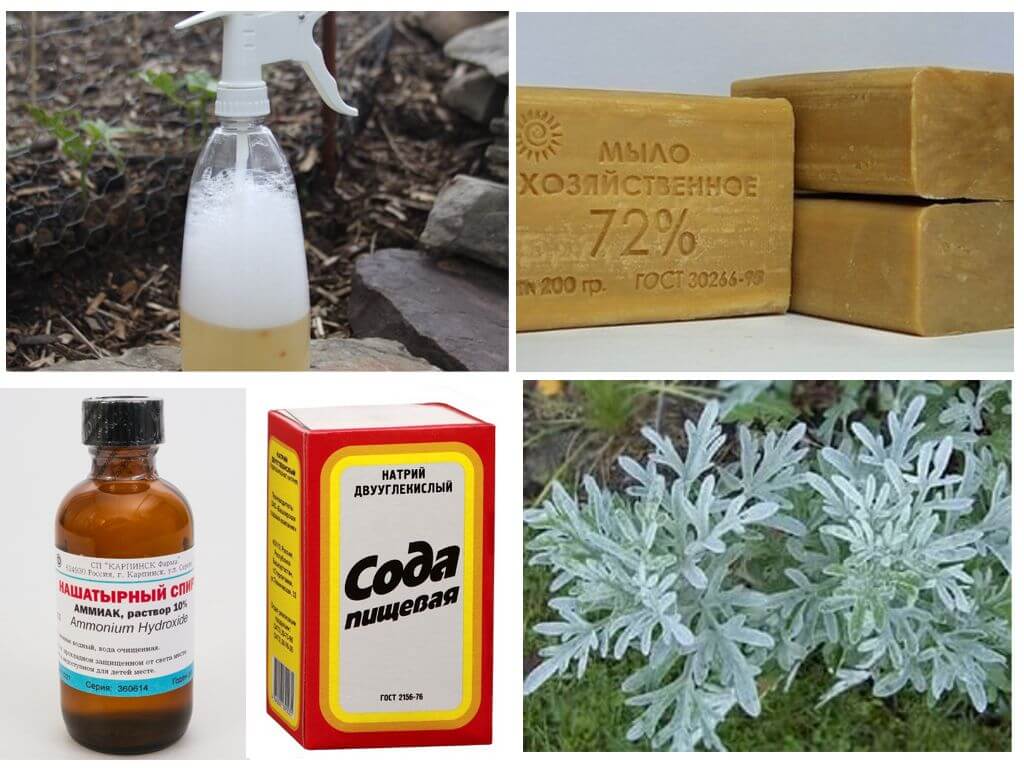
Very popular folk remediesinvolving the use of a combination of various substances and decoctions of plants.
- One of the popular folk methods is ash solution, which destroys aphids, protects the plant from disease and is a good fertilizer for it. Spray tomatoes with this tool in the evening in dry weather, so that the leaves are not scorched by the sun, and rain does not wash the mixture from the bushes.
- Wormwood solutions garlic, pepper and celandine scare off aphids, as she does not like pungent odors. Spray tomatoes with these decoctions will have more than once, but they are completely safe for humans and the environment.
- Aphid Baking Soda in a solution with garlic is also used as a deterrent. It is necessary to spray tomatoes with this mixture in dry weather, otherwise everything will be washed off by rain.
- Ammonia in solution with water and laundry soap will not only save plants from aphids, but will also serve as a good source of nitrogen nutrition for tomatoes. Ammonia it is well acquired by plants, especially it is necessary for cucumbers, onions and flowers. To say goodbye to parasites, you need to spray tomatoes with this mixture several times.
- Tobacco infusion, which you can cook yourself, has a strong smell, which insects do not like. They die or leave the plant. Spraying does not require much time, but effectively helps to cope with pests.
No less popular:
Aphid preparations are called insecticides. They begin to act with any contact of the insect with the substance, penetrating through the skin or with food. The effect of the remedy occurs on the seventh day. Used Inta-Vir, Arrow, Fitoverm, Spark, Tanrek, Aktara.
Important!
Chemical processing of tomatoes from aphids should be carried out before flowering because, when decomposed, the constituent active ingredients release harmful substances that can accumulate in the fruits.
Prevention
No matter what effective aphid remedy they come up with, it still appears every year in summer cottages. You can make decoctions, buy insecticides, but if you do not take preventive measures before planting, then the fight against these small pests will become endless.
In order not to plant aphids on tomatoes, certain measures must be taken. They cannot protect you 100 percent from uninvited guests, but they will significantly reduce the chance of their appearance.
- Seedlings grown at home should be carefully examined before planting in the ground for the presence of aphids. If parasites are found, immediately treat the bushes with chemical or natural means.
- In autumn, clean up the area, burn all dry branches, grass, leaves, so that the eggs and larvae of aphids perish in the fire.
- Destroy ant heaps, as they protect insects and can transfer them to any plant.
- In spring, plant garlic, onions, thyme, mint to scare off the parasites by smell.
- Do not apply a lot of fertilizer to the soil.
- Ventilate the greenhouses regularly.
Following these simple rules, you can emerge victorious in the fight against the gluttonous, small, but so dangerous pest of gardens.

